SCORE LIKE A PRO! Discover the groundbreaking SCORE by NOKTA, a true game-changer in treasure detection with its simultaneous multi-frequency (SMF) technology. This robust, waterproof device com...
Continue Reading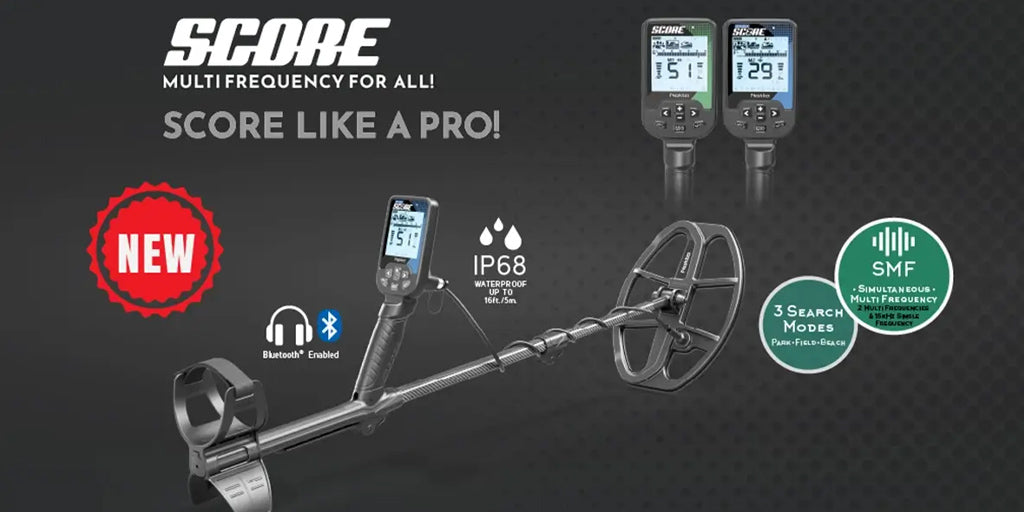

SCORE LIKE A PRO! Discover the groundbreaking SCORE by NOKTA, a true game-changer in treasure detection with its simultaneous multi-frequency (SMF) technology. This robust, waterproof device com...
Continue Reading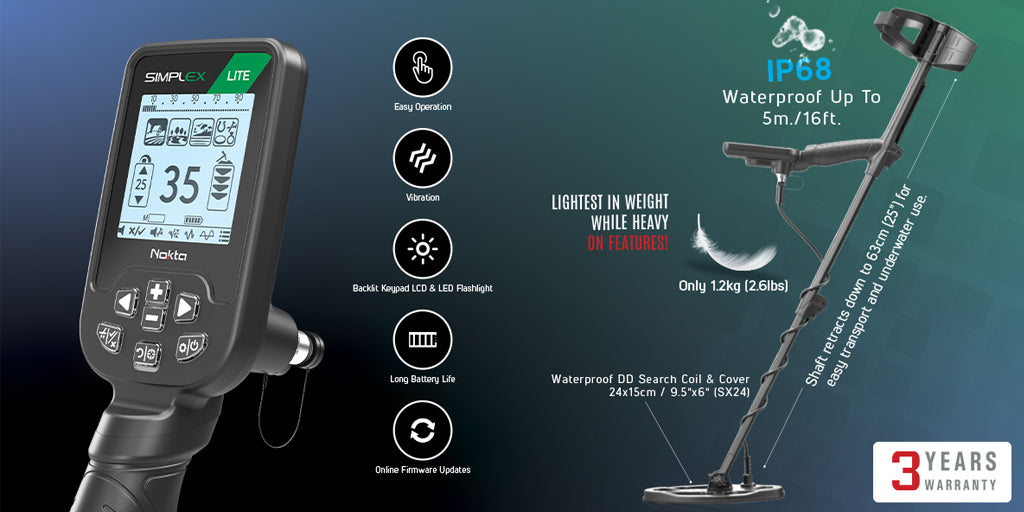
NOKTA SIMPLEX NEW GENERATION The Nokta SIMPLEX New Generation series introduces a fresh aesthetic, heightened technical capabilities, complete waterproofing up to 5 meters (16 feet), and an impres...
Continue Reading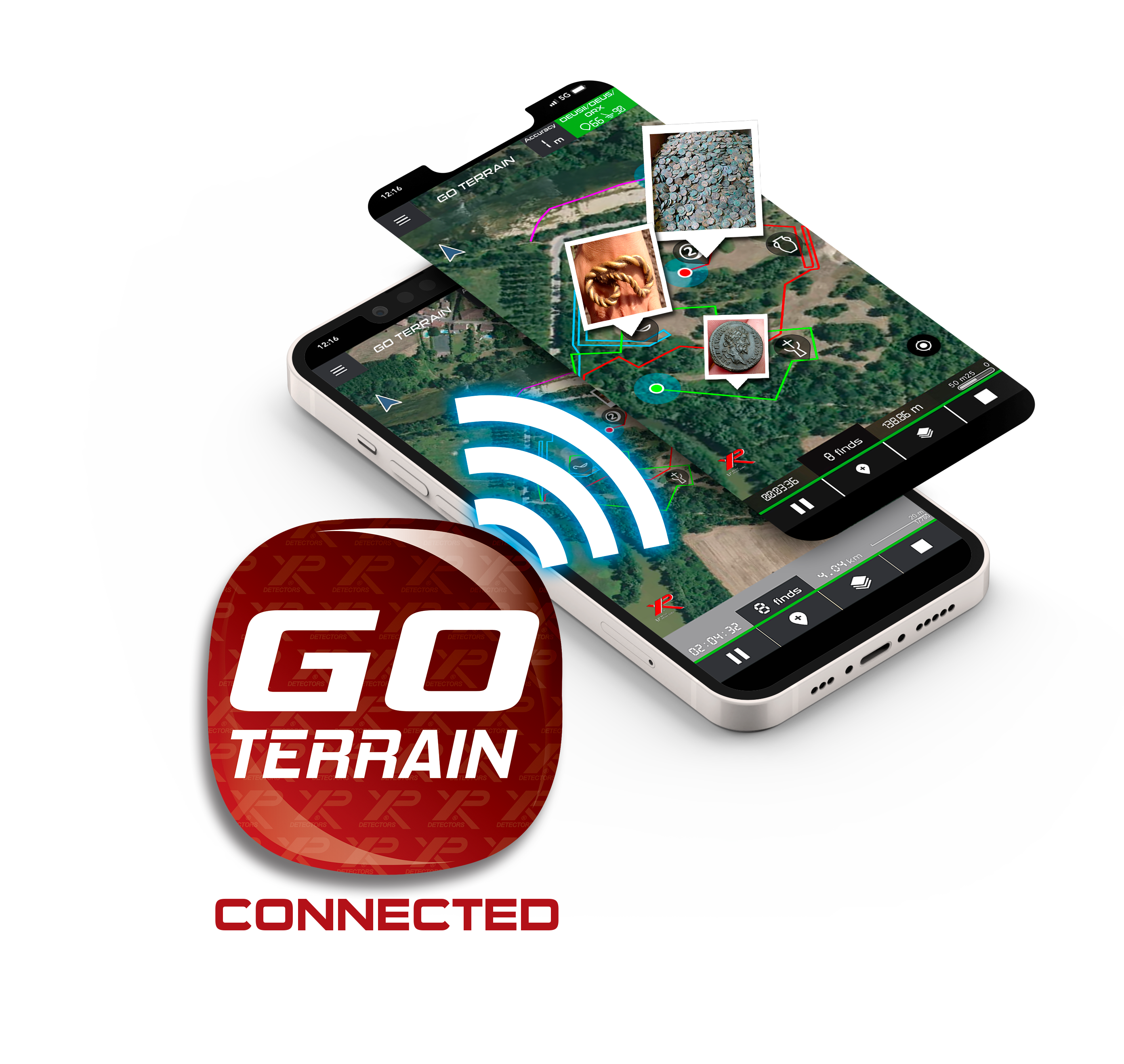
Get ready for a game-changing experience as XP Metal Detectors unveils the global launch of their metal detection application – GO TERRAIN! Now available in over 170 countries, GO TERRAIN is a mus...
Continue Reading
Embarking on a journey of metal detecting is like opening the door to a world of endless excitement and treasure hunting. It's a hobby that allows you to escape the hustle and bustle of crowded sp...
Continue Reading
Metal detecting has always held a certain allure, sparking the imagination of treasure hunters and history enthusiasts alike. While gold might be the ultimate dream for many detectorists, there's a...
Continue Reading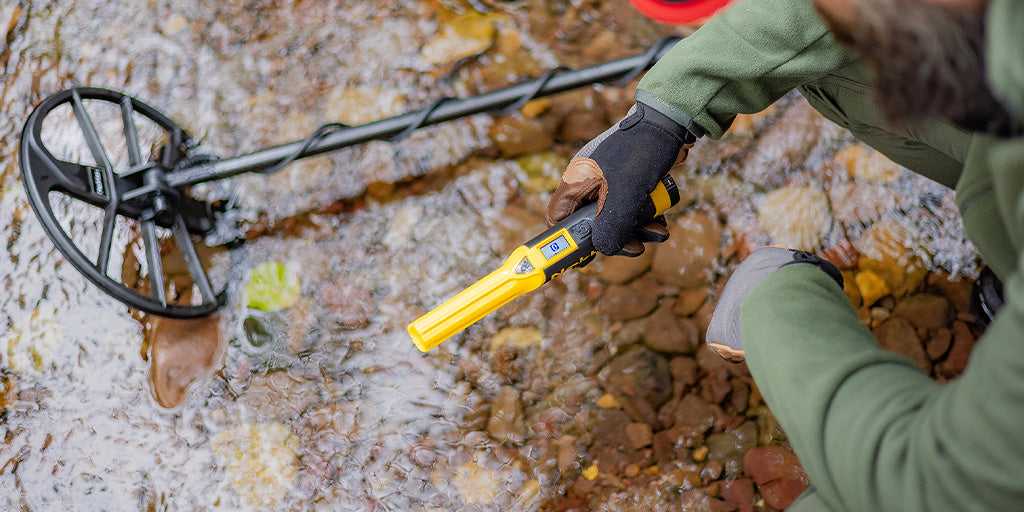
Metal detecting is an exhilarating hobby that allows you to uncover hidden treasures beneath the earth's surface. Yet, to maximize your treasure-hunting experience, you need the right tools. That'...
Continue Reading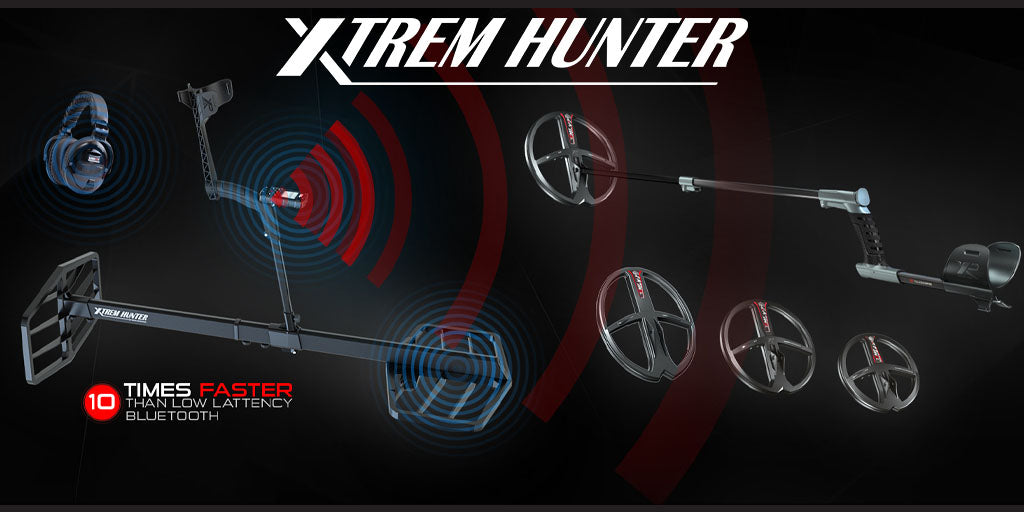
New Product Announcement - The XP Xtrem Hunter Metal Detector and Coil Bundle. XP has set a new standard with the introduction of the XTREM HUNTER, a revolutionary accessory designed to enhance th...
Continue Reading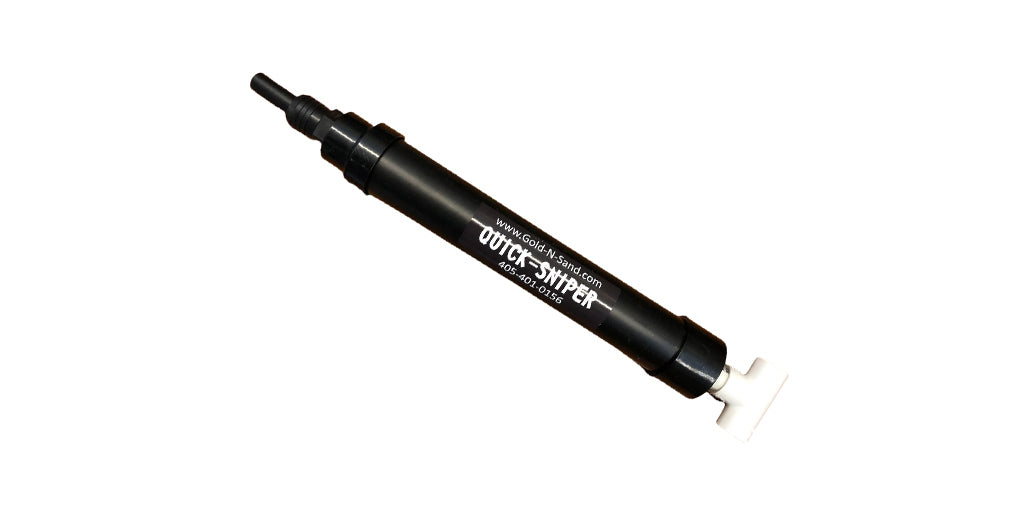
Quick-Sniper Tips and Tricks The Quick-Sniper by Gold-N-Sand is a tool that uses some new ideas to help you collect the hard-to-get gold from heavy sands under boulders, in crevices, and behind obs...
Continue Reading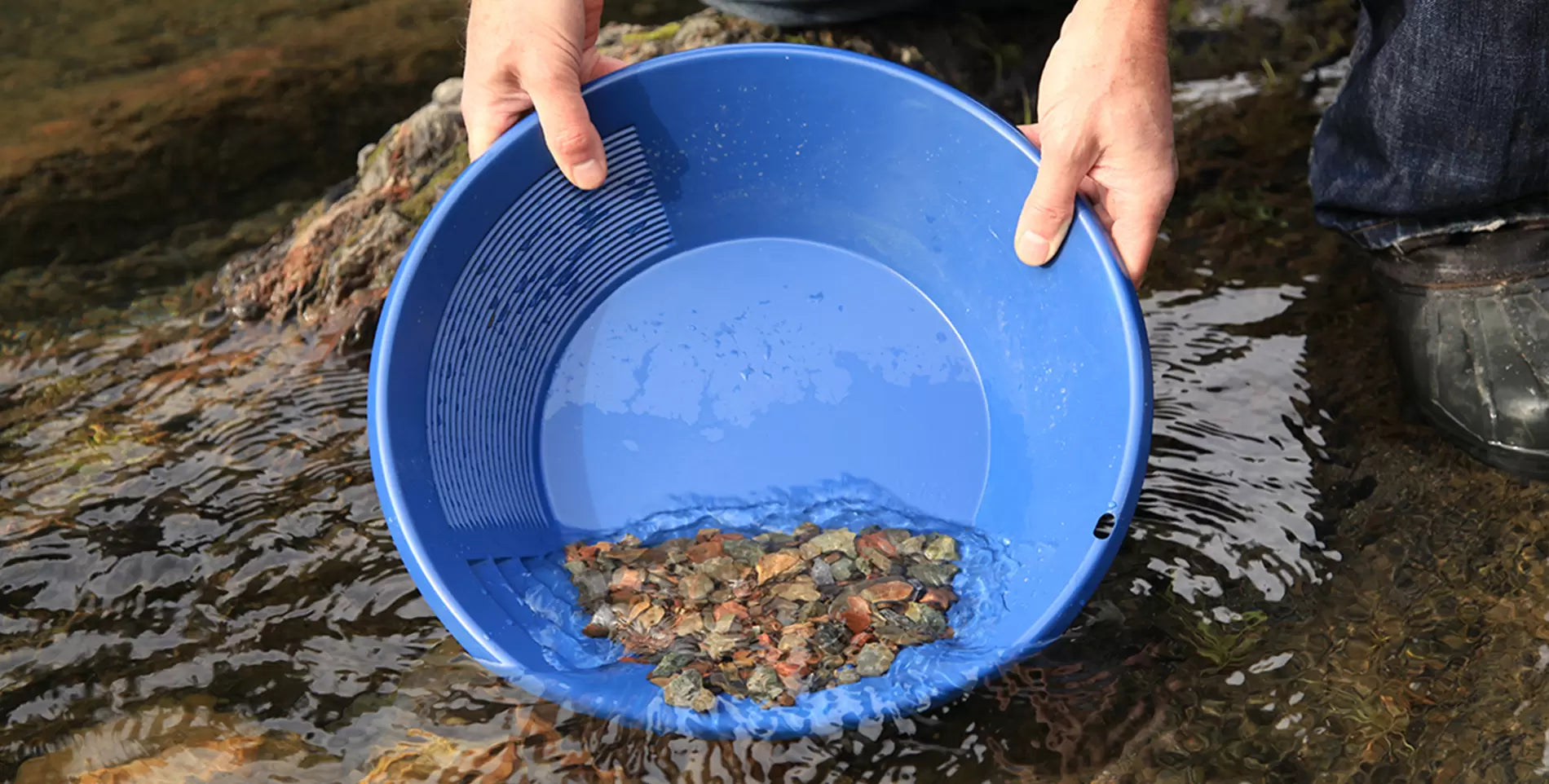
Introduction: A Glittering Opportunity in Your Hands In a world driven by innovation and technology, there’s a timeless allure in the pursuit of gold. As the world keeps an eye on the ever-changing...
Continue Reading